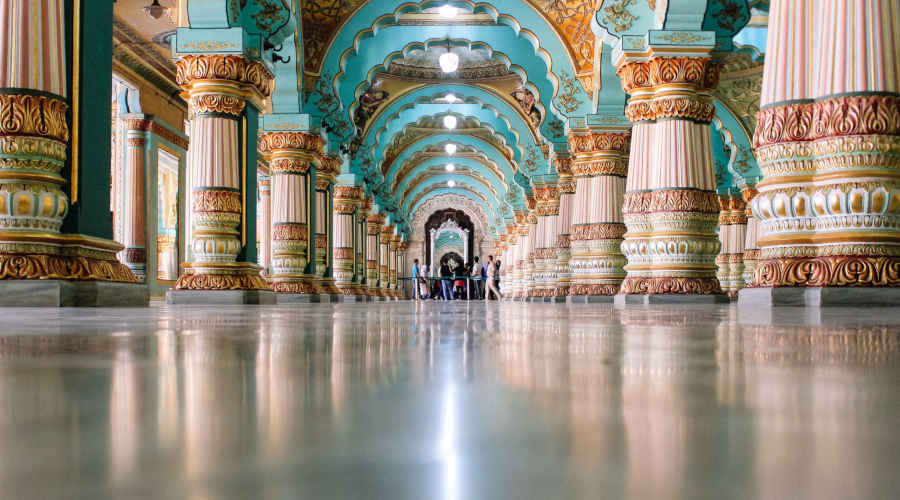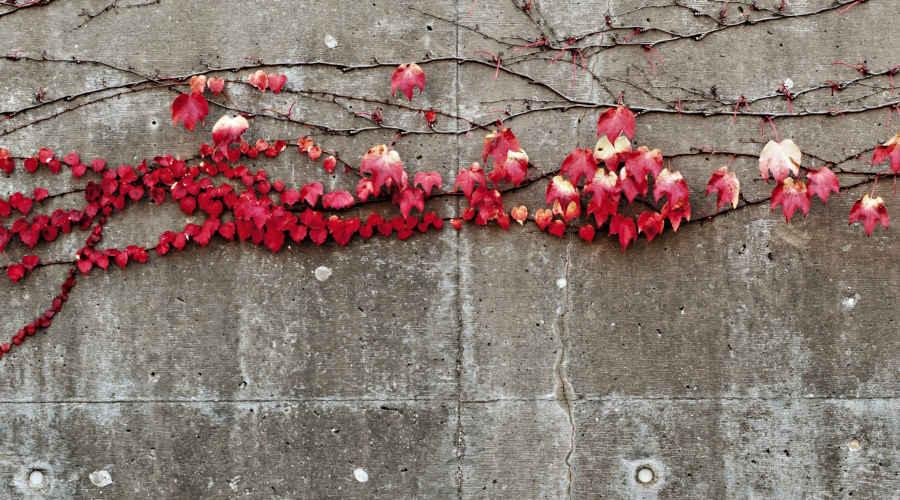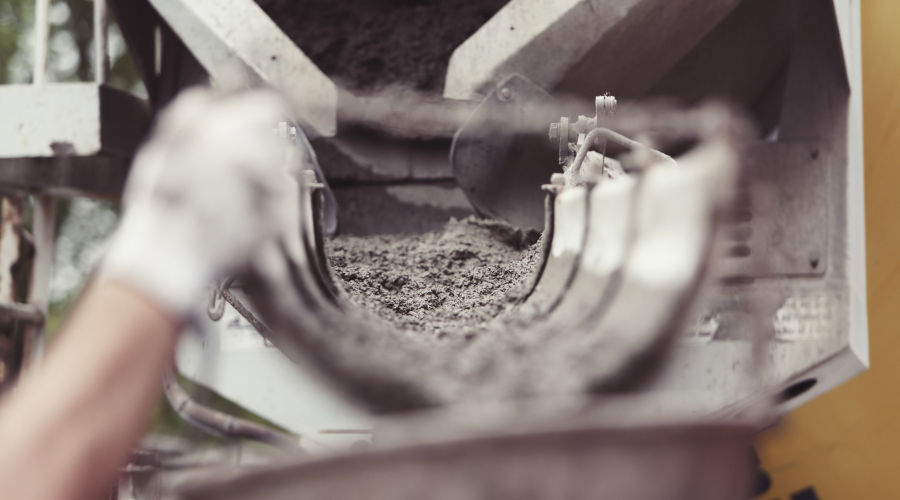South Asia is an important region in the development of construction and architectural engineering. In this article we’ll describe some of the main types of concrete used in construction in South Asia and explain why they’re popular.
Table of Contents
What is South Asia?
South Asian Architecture and Construction
Types of Concrete Used in South Asian Construction
What is South Asia?
South Asia comprises the countries—India, Pakistan, Bangladesh, Sri-Lanka, Nepal, Bhutan, and the Maldives. For the last few decades, Afghanistan has also been considered to be included in the region of South Asia, because of its geological landscape, geographical, cultural, linguistic, and strategic features.

South Asia is home to countless beautiful structures, both ancient and modern.
The region of South Asia is of strategic importance, as this region has the Arabian Sea in the South, Central Asian landlocked countries in the North, the fertile region of the Middle East in the West, and the countries of the Far Fast to the east of South Asia. Big military powers like India and Pakistan are located in this region.
Major routes of transcontinental trade also pass either through or near the South Asian region due to its central location between trading partners in Europe, Africa, and Asia.
Have a Construction Project in South Asia?
Have your construction materials translated into a South Asian language by IVANNOVATION’s construction translation specialists.
Get a Free Quote
South Asian Architecture and Construction
Further, the South Asian countries, including Afghanistan, have played a pivotal role in the development of architecture and construction.
Buildings of the Mughal Empire throughout India, Pakistan, and Bangladesh (the then United Hindustan), are very popular based on their unique architectural design and innovative features.
Afghanistan has some amazing historical landmark buildings, which reflect the construction expertise of its natives. Buildings like Blue Mosque in Mazar-i-Sharif, cultural landscape and archaeological remains of the Bamiyan Valley, Tomb of Zahir-ud-Din Babur in Kabul, Darul Aman Palace in Kabul, Friday Mosque Herat, Herat Citadel, Shrine of Khwaja Abd Allah Ansari in Herat Province, Mausoleum and Madrasa of Gawhar Shad in Herat are striking examples of architectural expertise of Afghanis.
Sri Lanka has its own renown in Buddhist architecture. The Cave Temples of Dambulla Sri Lanka, Meditation Houses, and the Vaulted Roof Shrine are the distinctive architectural masterpieces of Sri Lankan construction art. Dagobas or stupas, Vatadage (Vatadages were built around small stupas for their protection), and were circular in shape, that were commonly built by means of masonry of stone and brick and adorned with elaborate stone carvings.
The architectural features of all South Asian countries have distinctive features that show a common lineage. Similarly, the materials used in construction in South Asia are also of a unique type.
What’s Your Favorite Architectural Wonder in South Asia?
Let us know in the comments below.
Or click on this Twitter link and share a picture with us on Twitter. Follow @ivannovation
Here in this article, we are going to discuss the types of concrete used in South Asian countries. The following types of concrete are commonly used in construction work in various parts of the region.
Go to top
Types of Concrete Used in South Asian Construction
Mud Concrete:
The mud concrete is very common in the rural areas of almost all the countries of South Asia, especially the hilly areas of Baluchistan (Pakistan), and Afghanistan.
This type of concrete is generally used to pave the floors of rooms and courtyards. In many areas roads are also made of mud concrete.
Mud concrete is made by mixing mud with a fine as well as coarse gravel. An appropriate amount of straw is also added to the mixture to increase the tensile strength of the concrete. After thorough mixing the mud concrete is formed into bricks or other shapes and left to dry in the sun.
This mud concrete has a very soothing fragrance and creates an environment of calm and tranquility. Many tribal chiefs still like to live in mud houses because of their natural fragrance.
Innovations on an ancient theme can be found in the form of CSEB bricks (Compressed Stabilized Earth Bricks) or SEB bricks, which include a binder such as Portland cement in the mud mixture.
While some consider mud concrete to be an old-fashioned building material, more and more people are recognizing the beauty, sustainability, and durability of mud brick. Local earth can be found in new construction around the world, including in many projects by top dollar architects.
Like the Article?
Click here to share on Twitter>>
Tweet
Click here to follow IVANNOVATION on Twitter and be first to learn about our new content>> Follow @ivannovation
Modern Concrete:
Modern concrete, or regular concrete, is prepared by mixing up Portland cement, aggregate, sand, and water. All these materials are mixed with specific ratios with one another, to pour into the form of desired shape and size.
This type of concrete is then left for drying. The process of drying results in hardening the concrete structure. The hardening is dependent on the drying process of the structure. The drying time is different depending on the type of cement used. In the case of ordinary Portland cement, the drying duration continues up to 28 days. All through the period of 28 days, water is continuously poured on the concrete structure. The more frequently water is poured on the concrete, the better strength can be achieved.

Although typically considered a humble material, concrete can be a versatile, powerful, and even beautiful medium out of which dreams sketched on paper become reality.
This type of concrete is not only common in South Asian countries but also very common all over the world. Due to the good and reliable results, hard compaction, durable strength, high tensile and compressive strength, and resistance to all types of environmental conditions, this type of concrete is globally accepted. To get better results some chemicals can be added as per environmental requirements.
Not only in urbanized areas but also in rural areas of South Asia, this type of concrete is used.
Stamped Concrete:
Another commonly used concrete in South Asian Countries is Stamped Concrete, which can often be seen in pavements, parking lots, and other congested traffic areas.
The composition of the stamped concrete does not differentiate it from other types of concretes. The contrasting factor of the stamped concrete is the stamp assigned on the structure by specially designed molds, in which the concrete is laid. The stamped concrete is largely used in paving floors.
The laid structure is once left for hardening and drying, then sometimes sealed to increase the durability of the structure. The purpose of the stamped concrete is to add designing shape to the path. In countries like Pakistan, India, and other South Asian countries it is common to find stamped concrete footpaths, patios, sidewalks, driveways, pool decks, and interior floorings.
Self Consolidating Concrete:
As the name implies, a Self-Consolidating Concrete (SCC) is composed of a very highly cohesive and sticking fluid mixture, which is designed to flow and penetrate into the spaces of a mold under its own weight and flowing. The mixture is poured into the molding and slightly stirred with hand tools to fully fill the spaces in the mold. The adhesive and cohesive properties of the concrete make the concrete fully consolidated and compact.
Unlike a Manually-Consolidating Concrete, it does not need any manual compression and stirring to make the mixture reach all of the corners of the molding.
Manually Consolidating Concrete:
Unlike Self-consolidating Concrete, this type of concrete needs mechanical stirrers to fully mix and allow the admixture to reach all parts of the molds and to fill the empty space. The drying and hardening procedures of this type of cement is quite the same as that of modern concrete.
As the air pockets remain unfilled by merely pouring the admixture into the molds, therefore, the concrete is stirred thoroughly to enable it to move out the air spaces of the concrete structure.
This type of concrete is very common from rural to congested populated urban areas of India, Pakistan, Bangladesh, Afghanistan, and other South Asian Countries.

Whereas manually consolidating concrete must be stirred and pressed thoroughly in order to completely fill a mold, self consolidating concrete is formulated to easily flow into all parts of a form before hardening so that little or no stirring or pressing into the form is needed.
High-Stress Concrete:
As the name implies, high-strength concrete is concrete, which gives an extraordinary tensile and compressive strength to the structure. This type of concrete is able to resist extremely high forces before breaking or cracking.
Although this type of concrete is not very common in the rural areas of South Asian countries. It is used in very urbanized areas of big cities like New Dehli, Mumbai, Kolkata, Karachi, Colombo, Kabul, Lahore, Dhaka, Kathmandu, and Thimpu.
The cost of high strength concrete is higher than ordinary modern concrete. This concrete can be differentiated from a normal-strength concrete at a compressive strength of over 6,000 pounds square inch.
High-stress concrete can be made from normal-strength concrete by adding silica fume in the mixture. Silica fume increases the strength of the concrete to an extraordinary extant. The adhesive quality of the cement with the aggregate is much higher in these types of cement.
The hydration process of admixture is very fast as compared to other types of concrete, meaning that it dries quicker than usual. A superplasticizer is added to the mixture to create a balance between the strength of the concrete and its long-term workability. The plasticizers do this job by means of slowing down the chemical reaction between water and cement, thus giving more time to the workers to pour the concrete into the required form.
Read More
3D Printed Buildings in Dubai—How 3D Printing Construction Is Changing the World [INFOGRAPHIC]
HPC (High-Performance Concrete):
High-performance concrete (HPC) possesses a high compressive strength along with some other distinctive features like ease of placement without affecting the strength, toughness, durability in different weather and environmental conditions, and long term mechanical properties.
Precast structures are often made with HPC. The transportation, shifting, and moving of the structures from one place to another do not affect the strength of the concrete. This type of concrete is used for certain specialized applications. A special structure like precast roofing panels, precast girders, pavers, sewerage pipelines, manholes, and inspection chambers are made of HPC.
The bonding property of concrete with the tensile-stress material (steel bars) is appreciable. To increase the performance in sulfate attack areas, OPC (ordinary Portland Cement ) is replaced with SRPC (Sulfate Resistance Portland Cement).
To avoid water absorption, other cement, like white cement, is used to fill the pores of the structures.
HPC is highly recommended by Urban Planning Departments for use in city infrastructure.
Ultra High-Performance Concrete/ Reactive Powder Concrete:
Ultra High-Performance Concrete (UHPC) is also known as Reactive Powder Concrete. The composition of this type of concrete is portland cement, supplementary cementitious material, reactive powder, silica fume, quartz flour or lime, gravels, and fine silica sand.
This is frequently distributed packaged in pre-mixed bags because of the numerous ingredients used in it. The strength of the mixture is achieved by adding water reducers, steel, and organic fibers to it.
The main component to getting ultra-high performance and durability is very fine powders. These powders usually fill the pores and cracks of the structure caused by drying and hydration.
Generally, the parameter used to test the strength of concrete is its compressive strength. The compressive stress of the UHPC cement is higher than 29,000 pounds square inch. The hardness of the concrete provides an extr-ordinary strength to the structure, while the tensile strength of the concrete is obtained by adding polymeric fibers, metallic wires, and other tense bars. The more the fibers are strong and tense, the higher will be the tensile strength.
Fine chemical powders that are added to the mixture, are meant to fill the air pockets and pores in the material so that the material may be impervious to water and other liquids. Being impervious to water provides long-term durability to the structure. This type of concrete is used in multi-storey buildings with a huge amount of dead weight.
In cities like Mumbai, New Delhi, Kolkata, Karachi, Lahore, Dhaka, Chittagong, Columbo, and Kathmandu, the use of UHPC is very common.
Shotcrete (Shot Concrete):
Shotcrete, also known as sprayed concrete and gunite, is a type of concrete that is sprayed by a compressed air nozzle.
A famous taxidermist, namely Carl Akeley, in the first decade of the 19th century first used shotcrete as a protective measure for buildings and infrastructures.
By means of a nozzle, the liquid material is sprayed on the exterior surface of the walls and other structures. In the beginning, the dry mix was sprayed by a high pressure injected water through a separate hose beside the nozzle, but later on, the use of the liquid-mix shotcrete was introduced in the decade of 1950s.
The shot concrete sticks to the wall like a protective sheathing. The purpose of the use of the shotcrete is to protect the walls from moisture and the effect of waterlogging. Buildings near rivers and coastal areas are vulnerable to water. Therefore, a protective layering of shotcrete gives them a greater durability.
Buildings in the Doaba (the region between two rivers) of Pakistan, Bangladesh, India are very prone to water, chemical, and sulfate attacks.
Limecrete (Lime-concrete):
Limecrete or Lime-concrete is a type of concrete in which cement is replaced by lime only.
The use of lime instead of cement has several environmental and health benefits. The environmental benefit of the use of the lime is because the lime absorbs carbon dioxide during its setting process.
Moreover, natural products like straw, wood, weeds, dry herbs, and vegetative fibers can be used as tensile-stressing fibers without the fear of deterioration and decomposition as lime controls moisture.
The health benefits are because of lime being a moisture-controlling agent. It regulates the interior humidity of the building. Controlled humidity improves comfort and helps avoid health risks associated with high humidity. In order to protect from these health risks, health-conscious engineers keep all these points in consideration.
Like other developing countries, the countries of South Asia, adopt these health and environmental friendly steps in the construction industry.
Summary
These are a few of the top kinds of concrete used in construction in South Asia. While many of them are similar to or the same as concrete used in other regions, the availability of local materials and the presence of environmental factors—such as heat, water, humidity, wind, and others—often influence local architects and construction companies to choose different building materials from what their counterparts in other countries might do.
Get a Free Quote for Construction Translation Services
Learn About Our Construction Translation ServicesAkram Jan Jaffar, a creative writer in Civil Engineering, Earth Sciences, and Mechanical Engineering. He has more than 5 years of writing experience in various high ranked websites/magazines. He has a passion for creative writing, framing ideas, critical analysis, and impartial research.



